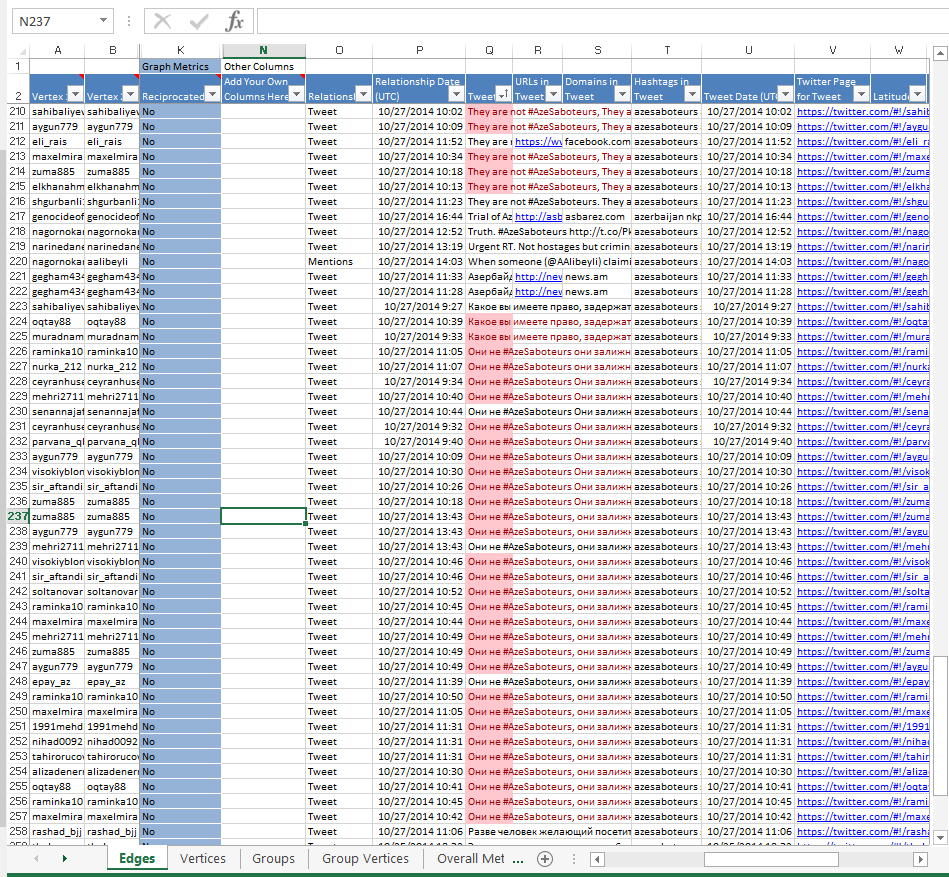The past few days have seen a notable increase in cease-fire violations on the frontline of Nagorno Karabakh, with deaths on both sides (although more Azerbaijani deaths).
I’m currently in Azerbaijan, but I keep an eye on both Azerbaijani and Armenian social media spaces and these are a few thing that have happened on the Internet in the past few days:
1. A simultaneous “hacking war,” where teams from both sides try to take down websites, especially news sites, in the other country. This is far from new. Check out this article on this topic from the year 2000! Samvel Martirosyan does a good job keeping track of these sort of attacks from the Armenian perspective. There has been a major increase in DDoS and other attacks in the last few days, including popular Azerbaijani tabloid Haqqin.az being taken down on Sunday morning, although by noon Baku time, it was back up.
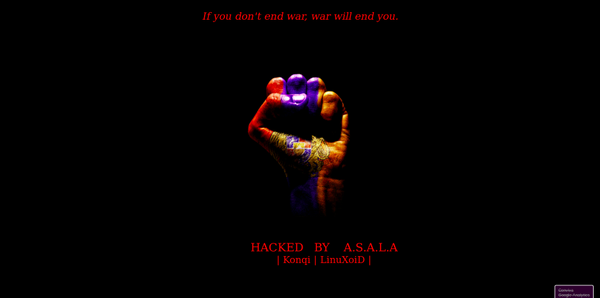 (When the hacking teams take the site over, the usually post a graphic with the attribution of the hacking team that took it down.)
(When the hacking teams take the site over, the usually post a graphic with the attribution of the hacking team that took it down.)
2. Information about what is going on is spread via social media and inevitably, information is not sourced well on either side. Granted, media is so politicized in this region that individual social media posters sometimes are the only source of information on a given topic. However, it creates situations where a piece of information can spread via social media and become “truth” quickly. This is especially the case when it comes to the number of soldier deaths – an individual says “There were 2 soldiers shot in THIS PLACE today.” without any source attribution. In my estimation, there are more “quasi” journalistic sources in Azerbaijan than in Armenia and in both countries they are sometimes the source of new information, but that’s just my impression.
A case of this is photos of tanks going to the front line. One social media based Azerbaijani news source posted a photo of tanks on a train that was widely liked and shared. Then another set of tank photos was shared via social media and originated from a Russian news site, but social media users demonstrated that the photos were old. While it is possible that tanks are going to the front and that some of the photos are recent, some are obviously not.
Another interesting case that came out was ANS-TV (Azerbaijani state TV)’s website posted that there were 51 casualties on the Armenian side, and cited an Armenian journalist named Eduard Abramyan’s (that’s an incorrect spelling of that surname, by the way) Twitter account. But savvy social media users saw that the ANS screenshot of the Armenian’s Twitter account had the “delete” button visible, and that can only appear if one is the OWNER of the Twitter account. (Photo via Meydan TV.)

3. Yet, it is understandable that people are getting news from social media. There was a lot of anger in Azerbaijan on Friday that the TV stations were not covering this major news story. (Photo via North Caucasus Caucus.)

But at the same time, I wonder if the local TV stations CAN actually cover this story “live” a la CNN. I don’t know if they have the authorization to do so, or the capacity. Plus, this isn’t like an earthquake where there is a public service need to inform people “live” about what is going on. I suspect that people are angry and they want to direct their anger somewhere and the local TV stations are an open target.
4. And then there is the demonstration of concern about this issue via social media. The initial reaction amongst Azerbaijani social media users, across the political spectrum, was a great deal of profile and cover photo changes (or Instagram photo posts) to a black ribbon, sometimes with the Azerbaijani flag. (Much of it is of a religious nature as well, as noted by North Caucasus Caucus on Twitter, who is also collecting a lot of the social media posts.)

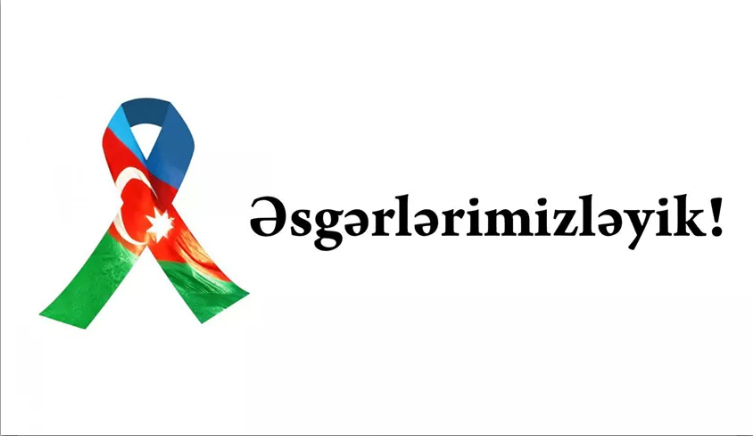

And beyond individuals, a number of the Facebook pages for Baku shops and eating establishments also started posting memorial graphics.
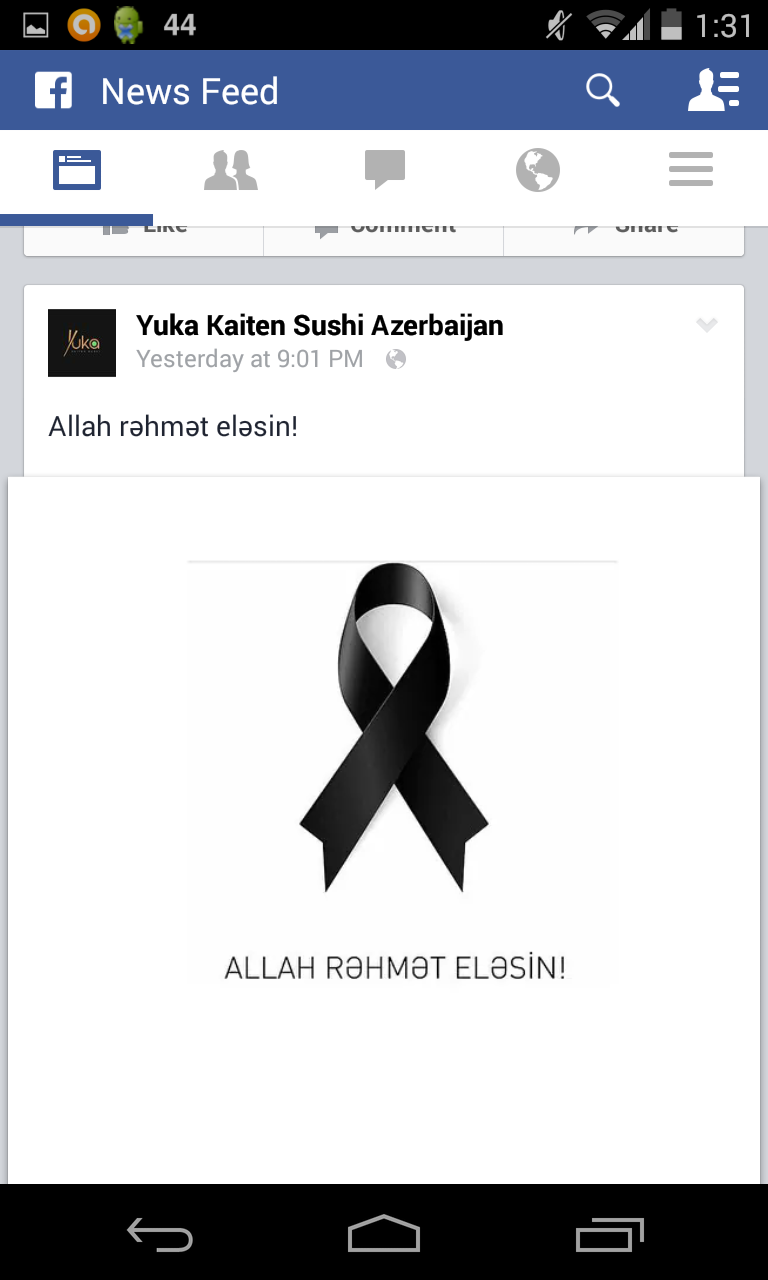
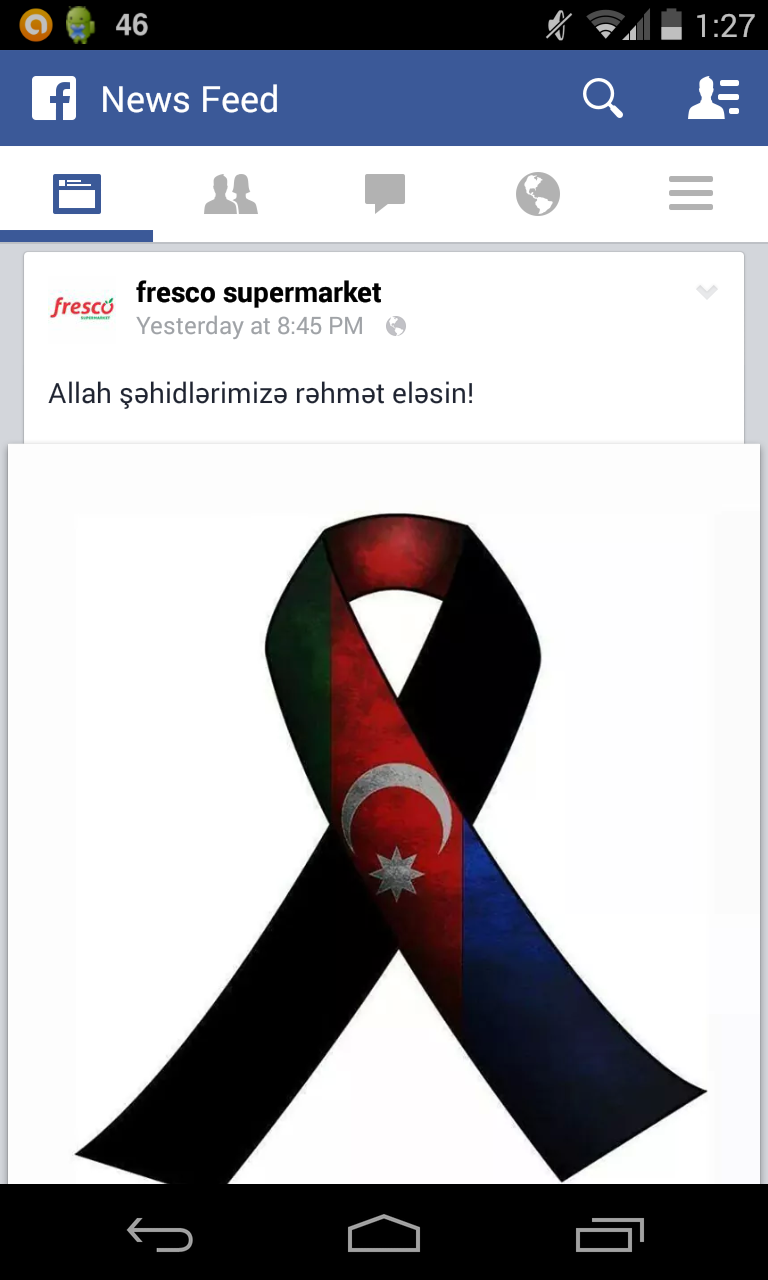
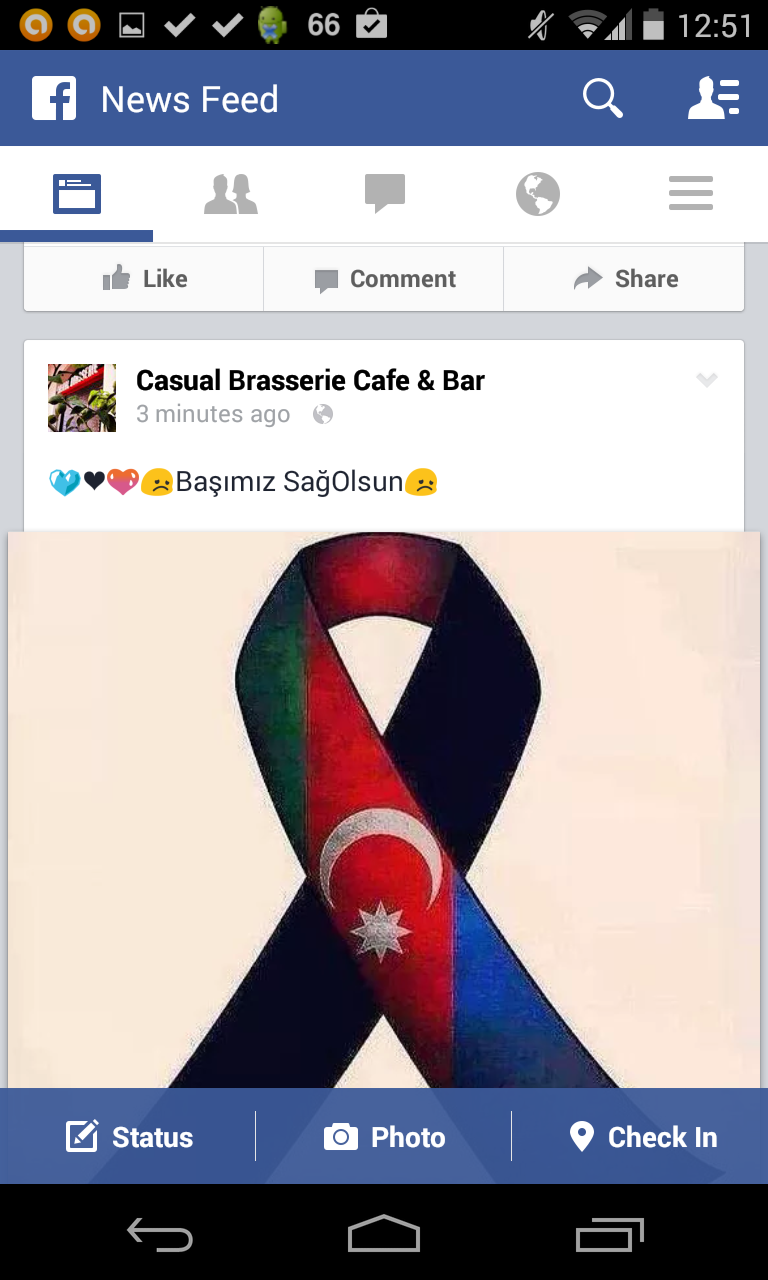
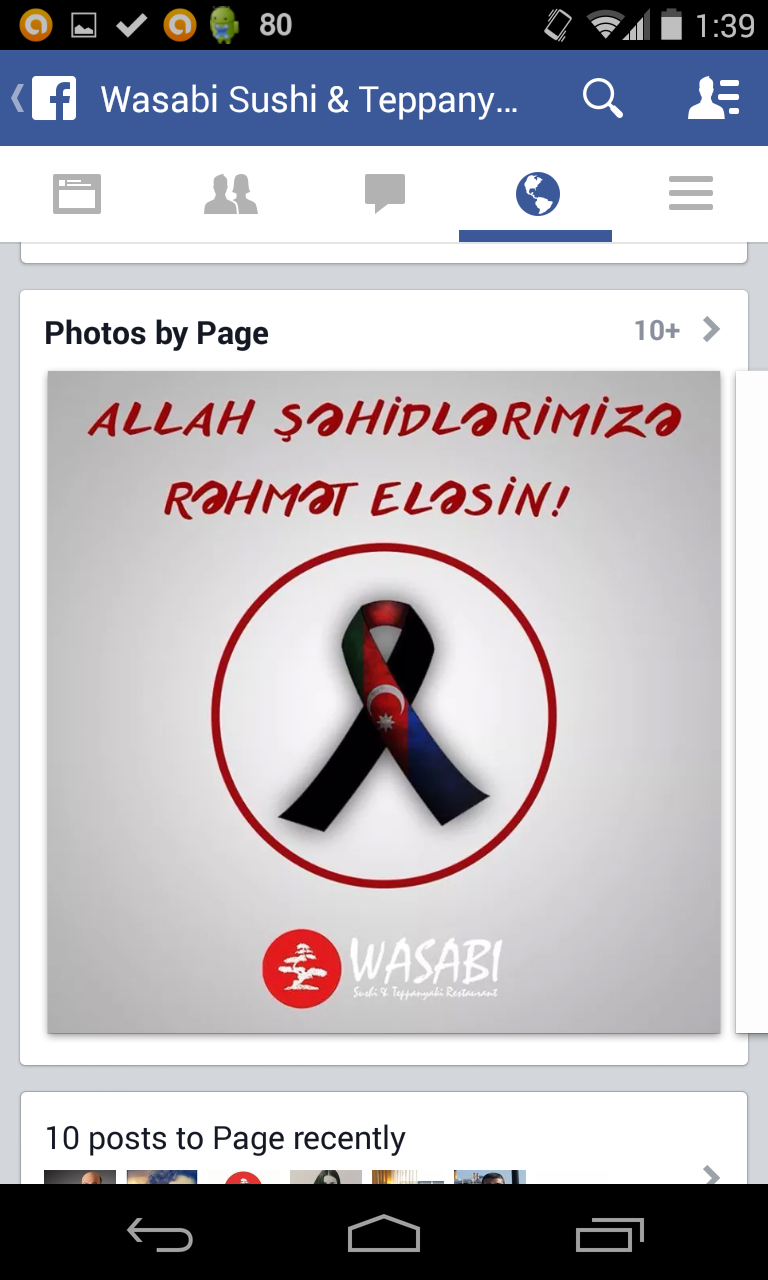
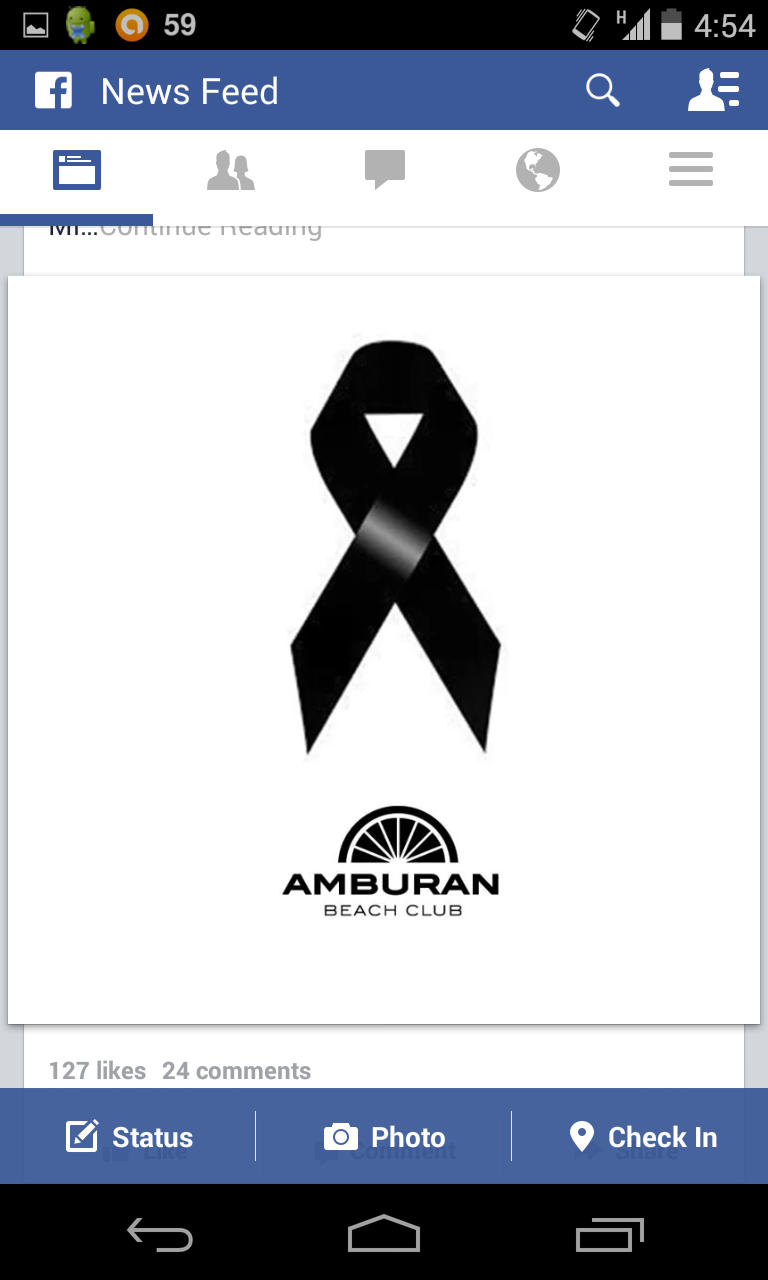
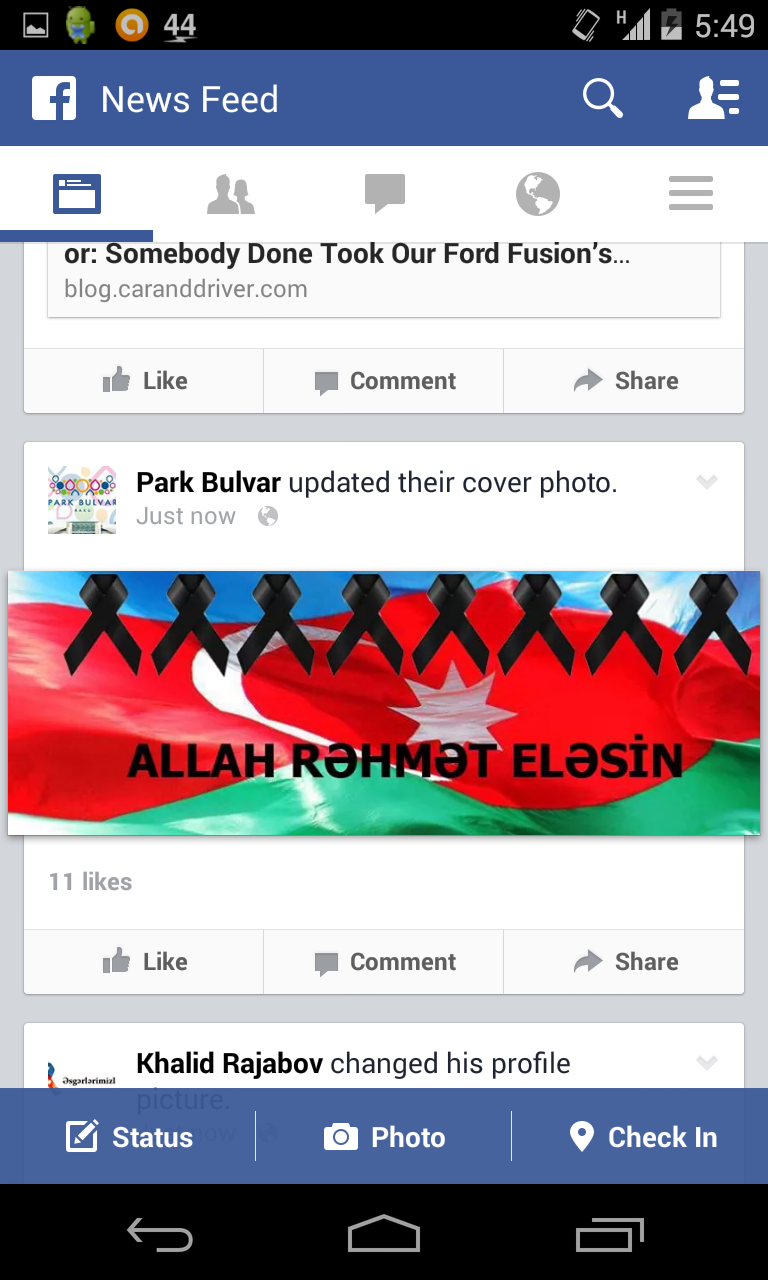
I guess if you’re a business, you’re damned it you, damned if you don’t.
For both individuals and businesses, there is a great deal of social pressure to demonstrate this sort of concern for this issue. I’m not saying that the concern is not genuine, but that social media encourages this sort of viral social pressure mentality. (See other cases of this here and here.) And this may be especially true in Azerbaijan where the demonstration of patriotism/nationalism is especially salient. (See here and here).
5. Twitter, unlike Facebook, is a space where Armenians and Azerbaijanis can “discuss” this issue and there certainly seems to be a lot of chatter, compared to the normal quantity of Twitter activity in both countries.
These are all the mentions of the word “Karabakh” on Twitter in the last 9 hours and the links between those users (note that most people in Armenia and Azerbaijan were sleeping at the time, so a lot of the posters are based in North America and Europe). Most mentions are disconnected from any other users – a lot of posting of news stories, basically. So this introduces a lot of people into a Twitter analysis who might just be posting a big news story “There is fight in Nagorno Karabakh” and they aren’t usually involved in regional Twitter stuff, nor are they engaging in any sort of discussion. This makes social media analysis tough!
Yet I have seen (not measured, but seen) an increase in random Armenians and Azerbaijanis responding to Twitter posts. I suspect that some (bored? young?) people do searches on Twitter to find people to “troll.”
In conclusion, this is a scary time and the escalation of violence is upsetting. Karabakh is a “frozen” conflict that is not actually frozen at all. And the Internet allows for information to be shared and disputed – which is both a good thing (more information from more sources may be good; and as more citizens have the ability to report on what they see, we know more about what is going on) and a bad thing (the ability to create false information, lack of attribution). Social media as a platform is similarly good and bad. People can demonstrate their concern for what is going on and discuss events, but also the harassment through hacking and trolling brings a lot of negativity to an already negative situation.
I wonder how the regimes themselves feel about all this social media information spreading. Are the regimes using it to their advantage or is it a dangerous unknown variable in the equation of battle?
There is a lot of other stuff going on in both states right now – Azerbaijan is in the midst of a human rights crackdown and Armenia is on track to become closer to Russia (who arms both sides of this conflict, FWIW). Escalations on the frontline may very well be a tool to distract citizens from other issues and rally them around a concern about “the enemy” – also this provides a good social pressure tool – “why are you so worried about X when our boys are being killed!?!”. And based on this social media analysis, people are very distracted by this escalation right now.

